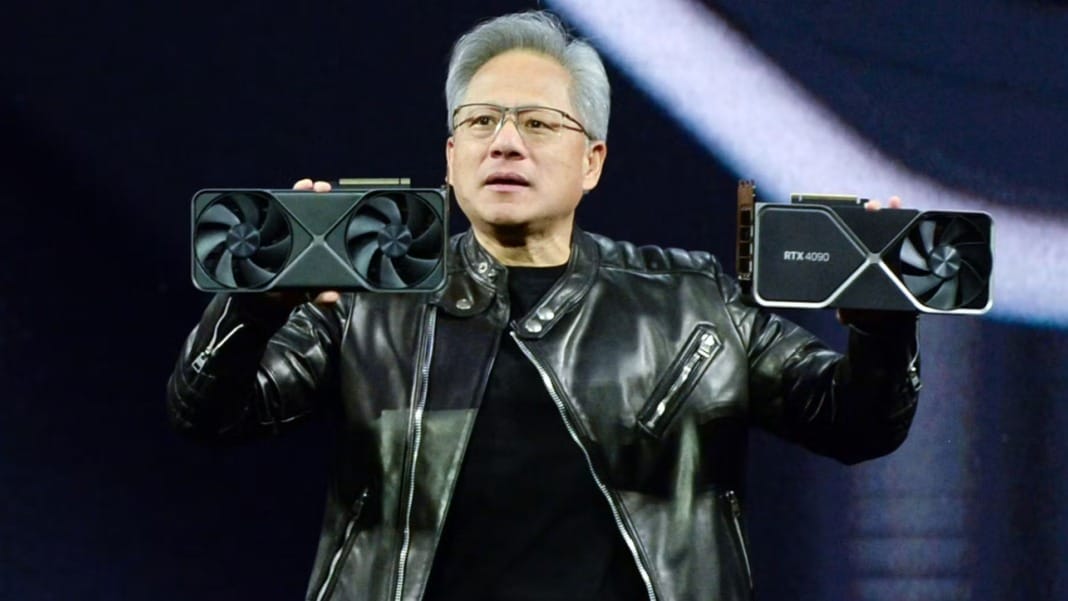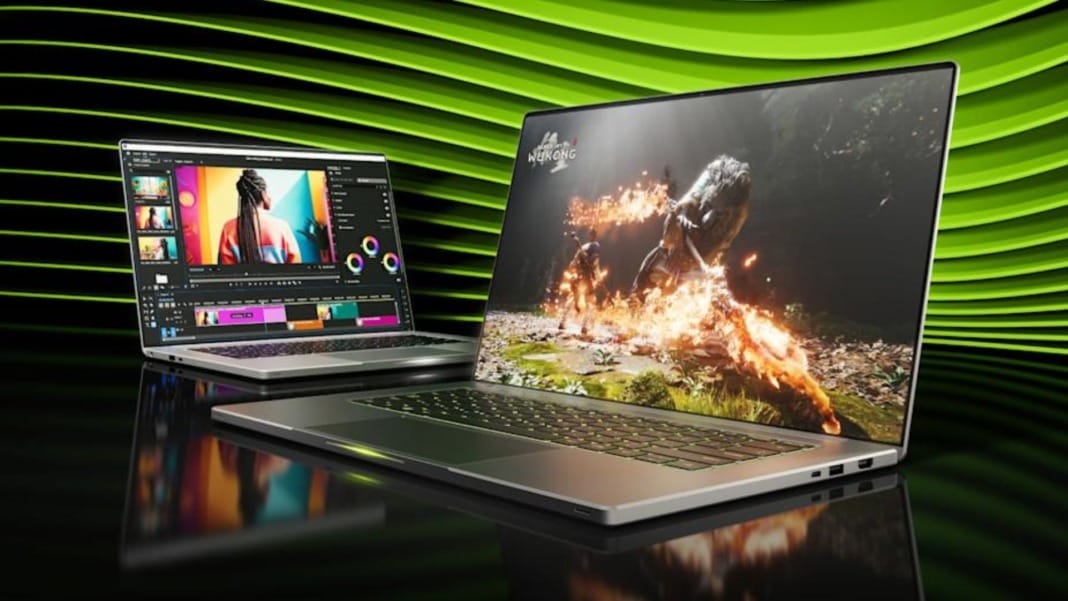In response to the latest US export rules, tech giants NVIDIA and AMD are preparing to launch new AI chips specially made for the Chinese market. These chips will follow Washington’s guidelines, which aim to limit the export of advanced semiconductor technology to China. According to Taiwanese tech news outlet Digitimes, both companies plan to release their new graphics processing units (GPUs) as early as July.
What you need to know about the new chips
NVIDIA is expected to roll out a toned-down version of one of its AI chips, known internally as the “B20.” This GPU is designed to offer AI processing power without breaching the restrictions set by the US government. Meanwhile, AMD plans to introduce the Radeon AI PRO R9700, a workstation GPU focused on handling AI tasks while staying within export limits.
The move comes as both companies try to keep a foothold in China, one of the largest markets for AI and semiconductor products. The new GPUs are said to be adjusted to meet the guidelines without losing too much performance, especially for AI workloads like machine learning and data processing.
Earlier this week, Reuters reported that NVIDIA is also developing a more affordable AI chip based on its latest Blackwell architecture. This chip is expected to cost between US$6,500 and US$8,000, making it a budget-friendly option compared to the H20 GPUs NVIDIA sells for US$10,000 to US$12,000 each.
Financial impact of US restrictions
NVIDIA’s efforts to design new chips come after a major financial setback. The company recently revealed that it took a US$4.5 billion charge in the year’s first quarter due to the licensing requirements. These rules affected its ability to sell high-performance H20 AI chips in China. The company could not ship another US$2.5 billion worth of H20 chips during the same quarter, leading to further losses.
Looking ahead, NVIDIA warned that it expects to lose around US$8 billion in revenue in the second quarter alone due to the ongoing restrictions. This highlights how strongly the export rules affect one of the biggest names in the AI chip industry.
Despite these challenges, NVIDIA and AMD are adapting their product lines. The new chip releases show companies trying to stay competitive in key markets while following international rules. It also reflects the rising demand for AI tools globally, including in China, where businesses continue to invest in machine learning, automation, and advanced computing.
What this means for China’s tech market
For Chinese companies, the arrival of these newly designed AI chips means they can continue developing AI-powered technologies without breaking international trade laws. While these chips might not offer the full power of NVIDIA’s or AMD’s top-of-the-line products, they still provide solid performance for many common AI uses.
This approach could become the new normal as tensions continue between the US and China over technology and trade. By making slightly less powerful but still capable chips, companies like NVIDIA and AMD can keep doing business in China and meet the growing global demand for AI technology.





